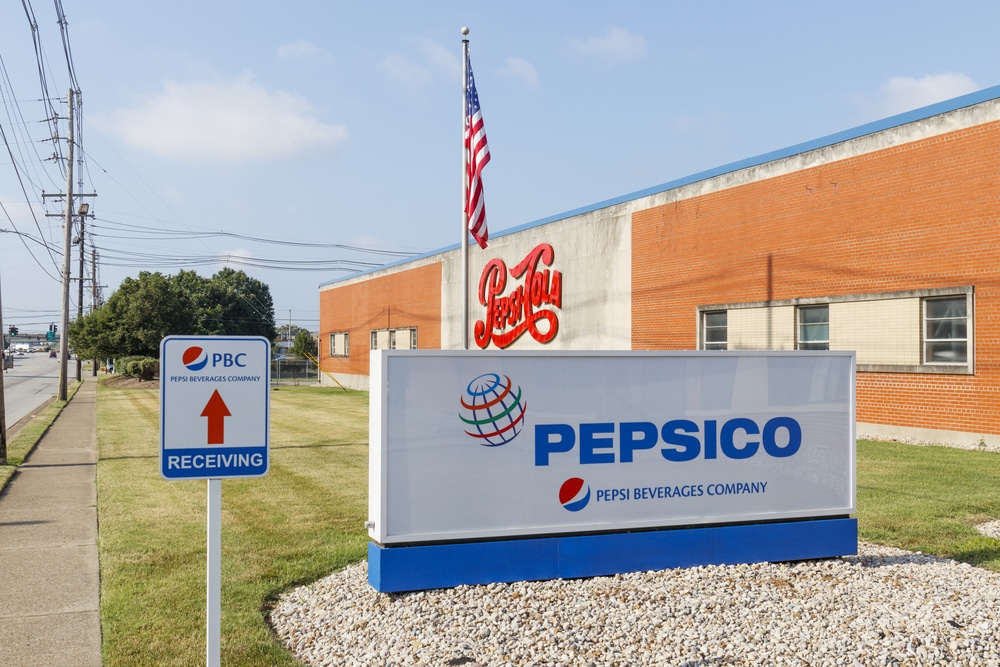
Federal flood insurance claims averaged nearly $2 billion every year in the years between 2006 and 2015.
Flooding is not only one of the costliest disasters in the US, but it’s also one of the most common. With an average paid flood claim of over $90,000 USD, not having home flood insurance is a costly mistake.
Regardless of whether you’re required to have flood insurance or not, it’s an investment worth considering. In a climate where the number of floods is increasing alongside the amount of damage they cause, no home is safe from flooding.
To learn more about flood insurance and where to purchase it, keep reading.
What Is Home Flood Insurance?
The most important thing you have to know is that flood insurance is a separate policy from your homeowner’s insurance. In most cases, your home insurance policy covers water damage that’s caused by burst pipes and overflowing toilets, sinks, or tubs. You might also have a policy that covers you in the case of a sewer or water line backup that causes flooding in your home.
But your homeowner’s insurance probably doesn’t cover the type of damage you’ll suffer in a flood.
The type of water damage that home insurance covers are damages originating from your home or from the sky. Water that’s come into contact with the ground before entering your home is covered under a flood insurance policy. This can be water originating from creeks, rivers, or caused by flash flooding.
Do I Need Flood Insurance?
The answer to the question “do I need flood insurance” is two-fold. The simple answer is maybe. But the more realistic answer is probably.
Some homeowners are required to have home flood insurance. These are homes that are located in high-risk flood areas. In these areas, mortgage lenders are legally mandated to require flood insurance on the property.
If your home is located in a moderate-to-low risk area, you’re not required to have flood insurance. With that said, flood insurance is a good investment regardless of where you’re home is.
Every year, FEMA uses in-house studies and community-initiated map revisions to create their maps of flood-risk zones. These zones are updated annually because flood zones are constantly shifting.
Flood zones can change quickly. So, even if your house was in a low or no risk zone last year, it could be designated as a moderate or high-risk zone this year.
This is largely due to the fact that flooding is impacted by more than just weather patterns. Flood risk is also impacted by land use, community development, wildfires, and other important factors.
Where Do You Buy Flood Insurance?
You can purchase flood insurance in two ways.
The federal government provides flood insurance through the National Flood Insurance Program (NFIP). But you can also purchase private home flood insurance. You might also use private insurance to supplement your NFIP policy.
NFIP Home Flood Insurance
The National Flood Insurance Program offers flood insurance through FEMA. FEMA determines what communities qualify to participate in the program. If your home is located in one of those communities, you’re eligible for both types of coverage the NFIP offers (i.e. building property and personal property).
You can purchase an NFIP home flood insurance policy from a regular insurance agency that acts as a liaison on behalf of the federal government. But not every insurance company will be able to sell you this policy.
An NFIP policy doesn’t go into effect until 30 days after purchase. The NFIP offers coverage for rebuilding up to $250,000. Personal property is covered to the amount of $100,000.
In the case that it would cost more than $250,000 to rebuild your home, you might consider supplementing the NFIP policy with private insurance. This is classified as “excess coverage.” You might also consider excess coverage to cover any damage to your personal property above the $100,000 offered by the NFIP.
Private Home Flood Insurance
Not every insurance agency offers private home flood insurance. And among the limited number of agencies that offer it, policies can vary greatly. But private coverage also has a few benefits over the NFIP.
First, you can purchase amounts in excess of the $250,000 building and $100,000 personal property limits enforced by the NFIP. For anyone needing more coverage than the NFIP offers, private flood insurance is the only option.
A private insurance policy will also go into effect a lot faster than the NFIP coverage. While you have to wait a month for NFIP coverage, your private coverage begins within less than a week of purchase.
A private insurance company doesn’t always use FEMA’s risk-assessment maps. As such, they may determine you’re in a lower risk zone than FEMA reports. And in that case, you’ll pay less in premiums than you would with an NFIP policy.
On the downside, if a private insurer determines that you live in a high-risk area, you could end up paying more in premiums. It’s also possible that they deny you coverage if you’re deemed too big of a risk. In these cases, the NFIP is likely your only option for protecting your home.
What’s Does Home Flood Insurance Cover?
A flood insurance policy covers you where a homeowners insurance policy doesn’t. That is, for damage occurring from the overflow of inland or tidal water.
In terms of what you can have repaired under your policy and what type of damage is covered, most policies include:
- Removal of debris from the property
- Personal property and belongings
- Your garage
- Window blinds
- Electrical systems
- Plumbing systems
- Heating and air conditioning equipment, including furnaces and water heaters
- Furnishing including cabinets, carpets, wallboard, and bookcases
But flood insurance policies are complex and varied. When you’re shopping for policies, make the effort to learn even more about insurance for floods and what’s covered.
More Real Estate Information and Advice
Having home flood insurance might not be a requirement for you if you don’t live in a high-risk flood zone. But it’s an investment worth considering. Flood damage is one of the costliest things to repair, and without a flood insurance policy, you’ll be paying for that cost out of your own pocket.
And for more information and advice on all things real estate, check out our blog.









